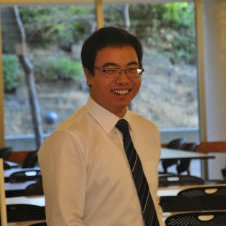|
|||
 |
Attenuation Compensation for Seismic ImagingTieyuan Zhu Department of Geophysics Wednesday, March 5th, 2014 |
||
|
Modern seismic stratigraphy is largely based on high-resolution seismic imaging. High- resolution seismic imaging techniques with true amplitude are desirable because they provide both kinematic and dynamic information. However, true amplitude seismic imaging faces some challenges, for example, compensation for attenuation during wave back propagation. Despite various investigations in seismic modeling that accounts for attenuation there is lack of understanding of how attenuation affects seismic imaging and therefore a lack of imaging techniques that correct for attenuation. In my talk, I will talk about a strategy to correct for attenuation effects in seismic imaging. The principle of attenuation compensation is to recover the amplitude loss that happens during wave propagation. I will discuss this attenuation compensation approach in the context of time- reversal seismic imaging and reverse-time migration (RTM). Further, I will demonstrate the attenuation-compensated RTM imaging using both a complex geological model and field data. Attenuation compensation improves the high-resolution information about geological structure and stratigraphy in the seismic image. In the field data example, the improved seismic image is consistent with the well logs and leads to a richer stratigraphic interpretation. Finally, I will discuss the prospective research in seismic modeling and imaging, seismic monitoring (e.g., CO2 storage), earthquake location using time-reversal imaging, and seismic interferometry. |
|||

